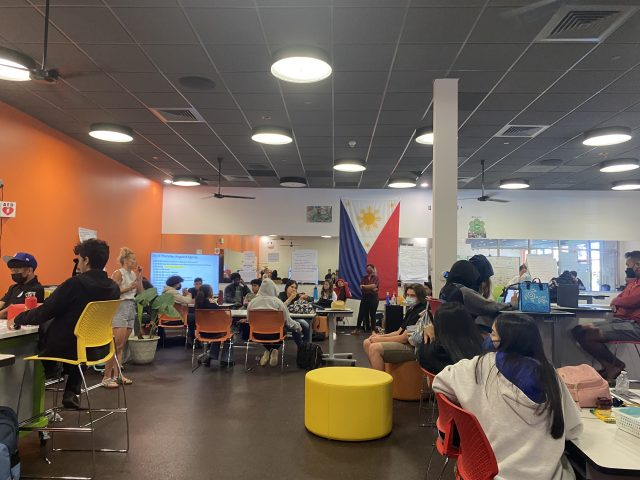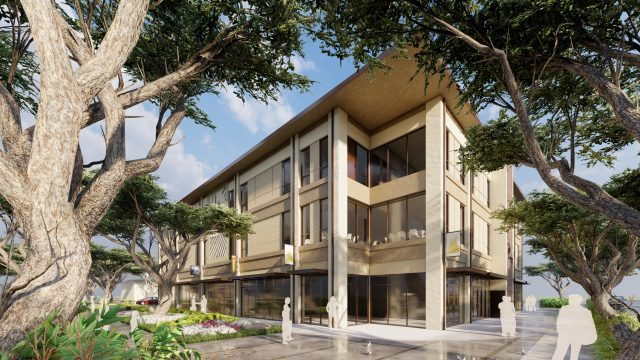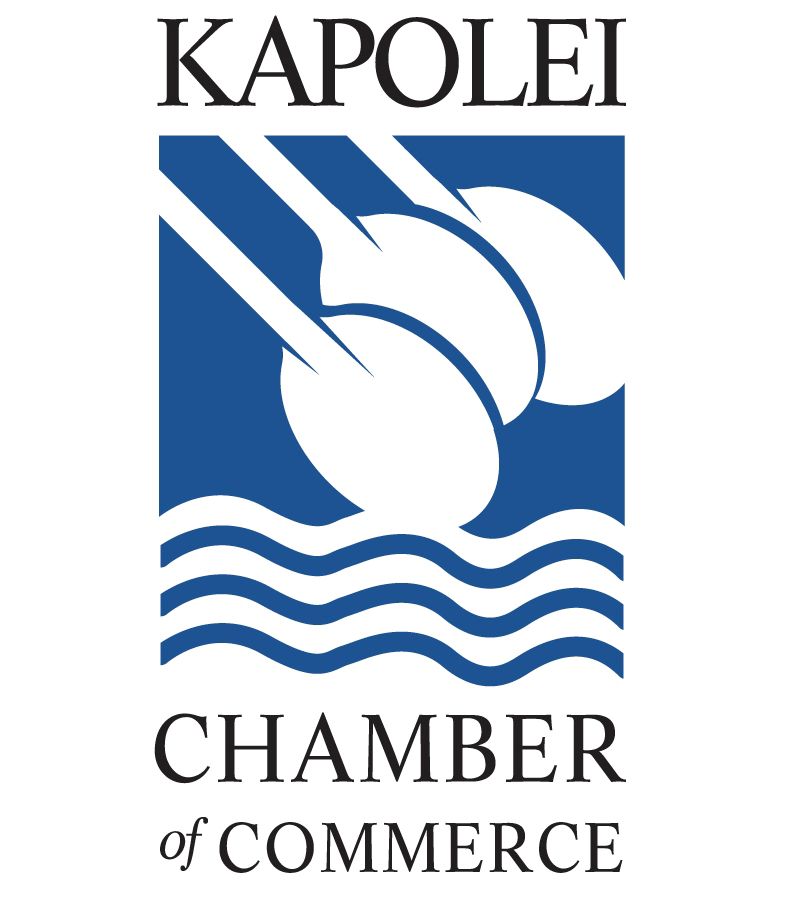West Oahu Charter School Finances Expansion Through Municipal Bonds

West Oahu Charter School Finances Expansion Through Municipal Bonds
West Oahu Charter School Finances Expansion Through Municipal Bonds
By: Megan Tagami
A West Oahu charter school that opened in 2019 with 100 sixth graders welcomed its first class of freshmen this year, but DreamHouse Ewa Beach doesn’t yet have a high school.
For now, the ninth graders are attending classes in a renovated fitness studio in Kapolei Marketplace pending the construction of a new high school called DreamHouse Center, which is due to open in 2024.
Demand for the public charter school is high: as of late July, DreamHouse’s waitlist included almost 290 students.
Sixth grade teacher Chaney Lopez credits the school’s popularity to its focus on serving the individual needs of students.
“As we grew and as our name got out there, a lot of the community members realized how much we’re student centered,” Lopez said. “So rather than having a one-size-fits-all type of schooling, it’s a place where we’re able to meet students where the need is at.”

DreamHouse has retrofitted the former Orangetheory studio space in Kapolei Marketplace to house its freshman class for the 2022-23 school year.
But the expansion has come at a cost, forcing administrators to get creative. To finance the development of its high school, DreamHouse has become the first charter school in the state to use municipal bonds as a source of funding.
As a charter school and state entity, DreamHouse itself cannot incur debt, Teece said. Instead, the bonds have been sold by the associated nonprofit DreamHouse Inc., a private organization dedicated to securing outside sources of funding for the school.
As a result, neither the state nor the charter school will bear the burden if the nonprofit is unable to repay the bonds, Teece said. The nonprofit has raised a total of $26.8 million from investors.
“In no way, shape or form is the charter school, is the charter commission, is the state of Hawaii obligated or exposed to this transaction,” Teece said. “There is zero risk for all of those entities.”
The charter school will begin renting DreamHouse Center from the nonprofit beginning in 2024 at a cost yet to be determined. In turn, the school’s rent will be used to repay DreamHouse Inc.’s bonds. Although the bonds have a three-year term, DreamHouse Inc. plans to refinance them into a U.S. Department of Agriculture loan after two years. It will have 30 years to pay off the USDA loan.
“We have the flexibility, because we’re reliable for our own facilities, to go out there and find ways to make it happen.” — Jacob Noh
Finances have been a long-time challenge for many charter schools in the state.
PJ Foehr, interim deputy director of the State Public Charter School Commission, said most charter schools must use per pupil funding – state money allocated to schools based on enrollment – to cover the cost of facilities and other expenses. As a result, finding affordable spaces to educate students can be one of the greatest challenges charter schools face, he added.
For DreamHouse, the obstacle of obtaining facilities delayed the school’s opening by a year. Kuʻulei Serna, treasurer of DreamHouse’s governing school board, said the founding members considered everything from an old fire station to a local cultural site before eventually renting two office spaces at the Laulani Village Shopping Center for the 2019-20 school year.
A year later, the school moved to its Kalaeloa middle school campus, about two miles away from the temporary high school space.
Teece said the school began receiving state funding only weeks before the start of its first school year. As a result, DreamHouse’s team relied on $1 million in philanthropy and grants to finance the initial development.
The prospective state per pupil funding for charter schools for this year is $8,745, according to the commission. Teece said this year is the first in which per pupil funding roughly covers the school’s expenses, although it still needs grants and donations.
“That’s just break even, making sure that we just get across the finish line,” Teece said. “That’s not taking into account cash flow fluctuations; that’s not taking into account saving money for a rainy day.”
According to Darlene Flores, DreamHouse’s chief financial and operations officer, state appropriations account for 88% of the school’s funding for the current school year.
While charter schools are part of Hawaii’s public education system, they operate independently of the Department of Education when it comes to governance and operations. As a result, state funding for charter schools differs from the weighted student formula used for other public schools. Another key difference stems from the fact that DOE schools do not have to pay rent for their facilities while charter schools do.
However, the state tries to provide equivalent funds for both DOE and charter schools, said Brian Hallett, the department’s assistant superintendent for fiscal services and chief financial officer.
Jacob Noh, chairman of DreamHouse’s nonprofit board, said DreamHouse’s decision to finance its high school with municipal bonds was inspired by public charter schools on the mainland, where it is more common for charters to use tax-exempt debt for facilities. DreamHouse first considered the possibility of using bonds in July 2020 and received approval from the deputy attorney general in June.
“We have the flexibility, because we’re reliable for our own facilities, to go out there and find ways to make it happen,” Noh said. “That’s why, all of a sudden, we’ve seen this bond financing being accomplished.”

DreamHouse Center will open in July 2024 in downtown Kapolei and will house DreamHouse High School.
Steve Hirakami, founding school director of the Hawaii Academy of Arts and Science, said he was not aware that municipal bonds could be used to fund charter school facilities. While HAAS has adequate space for its students, the bonds may be a viable option for expanding charter schools, especially those facing the high costs of land on Oahu, he added.
Teece sees DreamHouse’s value as providing more public education options for local families.
“The value of charter schools is that a group of people or an organization can get together and engage with community leaders and parents and students and ask questions like, ‘If we could build any school, what would it be?’” Teece said.
DreamHouse accepts new students for the sixth grade every year — with a limit of 100 students per grade — and the school has grown as the students advanced. It has temporarily rented the former Orangetheory fitness studio for the first class of ninth graders.
Marinda Okelberry, whose son was in the inaugural sixth grade class and attended the school through eighth grade before moving to the mainland, said DreamHouse offered a more intimate learning environment than public schools without requiring the high costs of private school. She lauded the school’s curriculum promoting leadership and collaboration.
She added that she had momentary concerns about the school’s ability to grow and expand alongside its first class of students, but she soon developed confidence in the school’s ability to finance its vision.
“It’s neat to see, where there’s a will there’s a way,” she said. “And when it seems like there may not be a way, a way is made.”
Additional Info
Source : https://www.civilbeat.org/2022/08/west-oahu-charter-school-finances-expansion-through-municipal-bonds/
